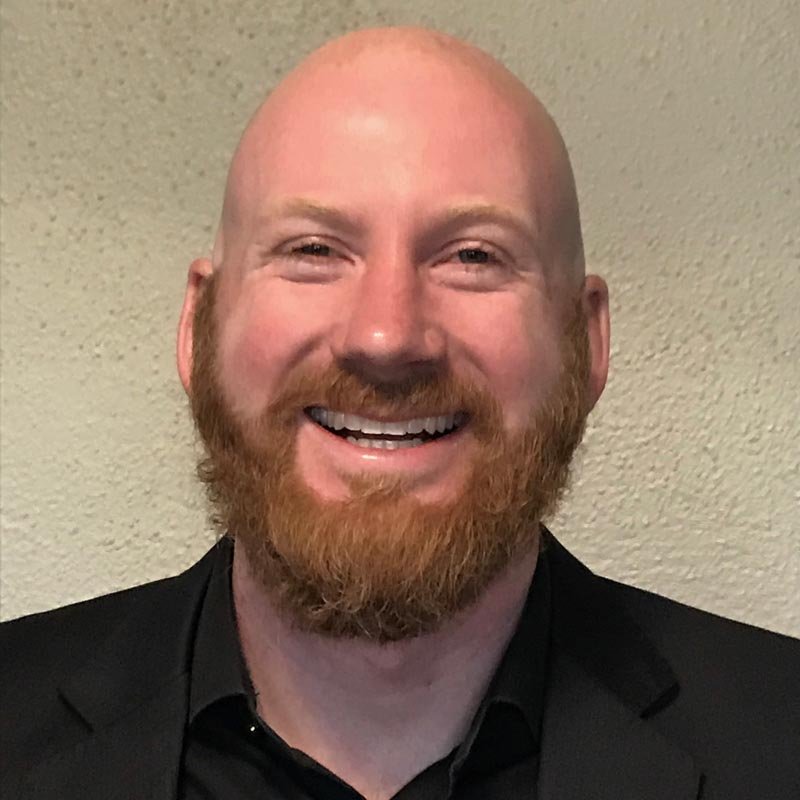When I am working with clients we are often working in the world of attachment. This world is full of vast deserts, moist holes in the earth, dark caves, fertile valleys, raging oceans, choppy lakes, and rich mountains. The landscape of this world is unique to each person, and yet the themes connect in many ways given folk’s history and experiences. Exploring and traveling together is the key when these internal locations arise, and as a result of this attuned journey between 2 or more people a healing to the attachment system can occur. Lets begin with some theoretical understanding to ground these experiences of journeying:
My general theoretical standpoint when exploring with my clients in this way comes from the psychodynamic relational work of Philip Bromberg. In his writing he speaks about disassociation as the feeling, internal location, and/or self-part which we are all trying to avoid in one-way or another, even us therapists! My rudimentary way of understanding this process is as follows: When we were small we had an underdeveloped nervous system, as a result we needed another’s attuned nervous system to co-regulate in times of stress (crying it out does not work! It forces the child or baby into hypoarousal and/or dissociation). When our caregivers were unable or unwilling to co-regulate with us, (reasons are addiction, their own lack of attuning to as children, mental illness, abusive relationships, and social issues such as poverty and discrimination) then the child is forced to cut off pieces of themselves to preserve a cohesive sense of self that is not overwhelming to the system. All these little cut off pieces don’t disappear! They often go into hiding deep in the psyche showing up periodically in all sorts of disturbing ways, forcing the adult into therapy.
So how to work with these locations and self-parts? Often one of these internal geographic locations will arise as we are initially talking in the session. An issue of importance for the client is being explored and a little nugget of truth in the form of imagery of metaphor will arise. It can be easy to miss these openings, as they are often subtle. Someone might say, “I don’t want to go too far into this because I feel like I’ll never get out.” I may ask them to get a sense of that feeling in their body, where that “thing” is they may fall into. Or I may ask to sense into the fear of going into something they can’t get out of on an emotional level. Or, depending on the situation, I may see if an image comes to mind of this thing they are afraid of falling into. Each person in unique so its always best to rely on cues in the forms of movements, cognition, and emotions.
When an image, sense, or emotion arises there will often be fear or uncertainty, this means you are on the right track! Given the theoretical stance described above I hypothesize the reason this location or emotion is overwhelming is because they as children were “left” to deal with this alone. I will ask if the client is willing to explore what is arising, at this point they are often close to feeling overwhelmed, and if it is a tentative yes or a tentative no I will ask if I could go with them. This is the most important part of this work. The “missed experience” is that the child was left alone with all this, when what they most needed was another’s attuned nervous system to co-regulate with. The next important part is to actually go with them! Not observe from across the room, but to feel into your own body the sensations, emotions, and images that co-arise when you attune to them. And to participate in the journey with them sharing what you notice, while letting them lead the exploration.
If we can successfully navigate this journey amazing things can happen, together we can find and bring back those little parts that got cut off. Internal strength of the client emerges because not as much energy is being expended to keep the self intact in the face of dissociation. Clients will often have a huge movement of emotion, or body sensation release, followed by as sense of contentment and wellbeing. In essence we are actively healing the attachment wound. The client is having a here and now experience of co-regulation that is contained, satisfying, and results in greater connection with the other, which can be extended into relationships outside the therapy office.
I imagine that every person, client and therapist alike, will find their own ways to bring these parts home. This is one way to explore, with a safe-enough other, the process of healing attachment wounds. Keep in mind that these wounds happened in relationship and a major part of the healing work needs to happen in relationship; there in lies the paradox.


